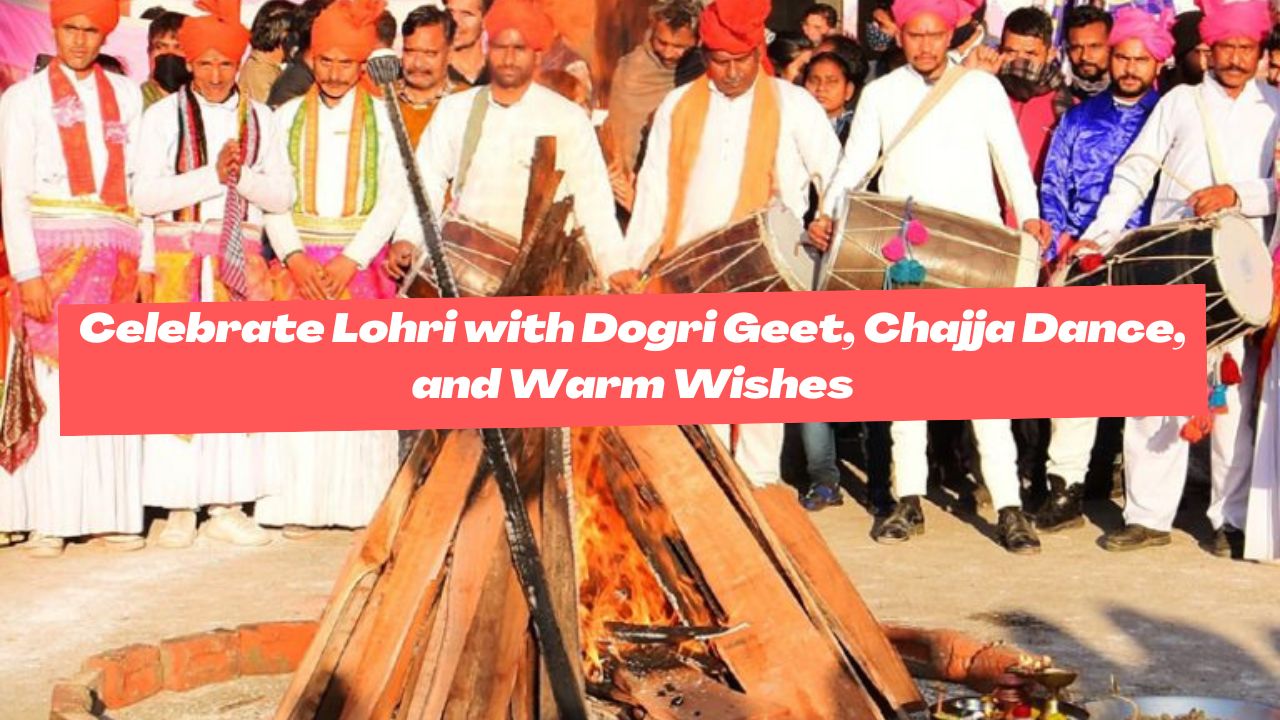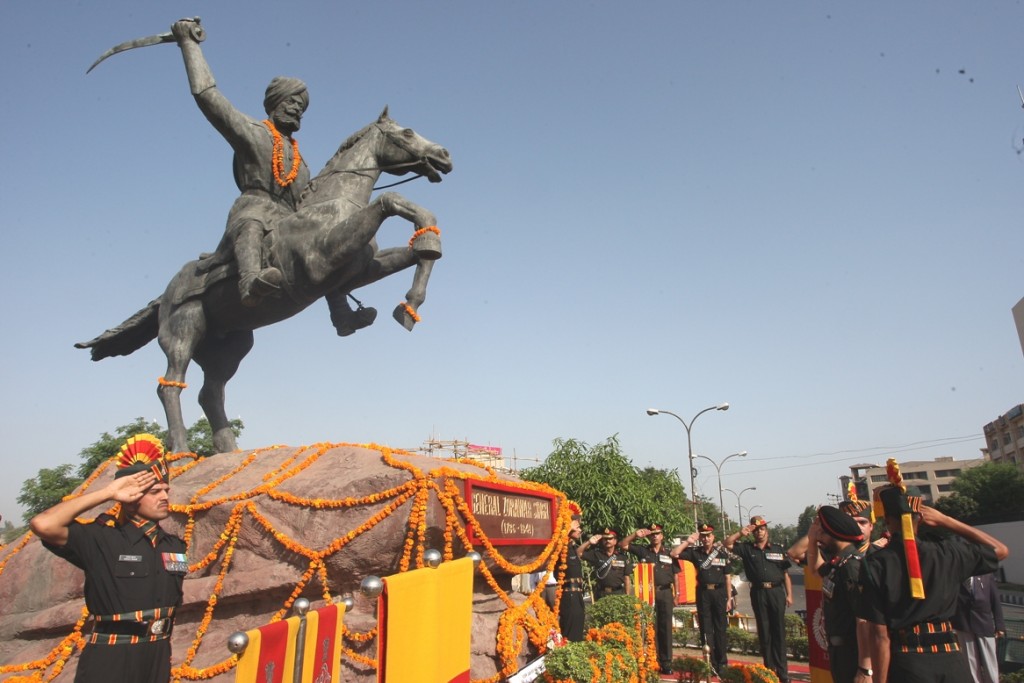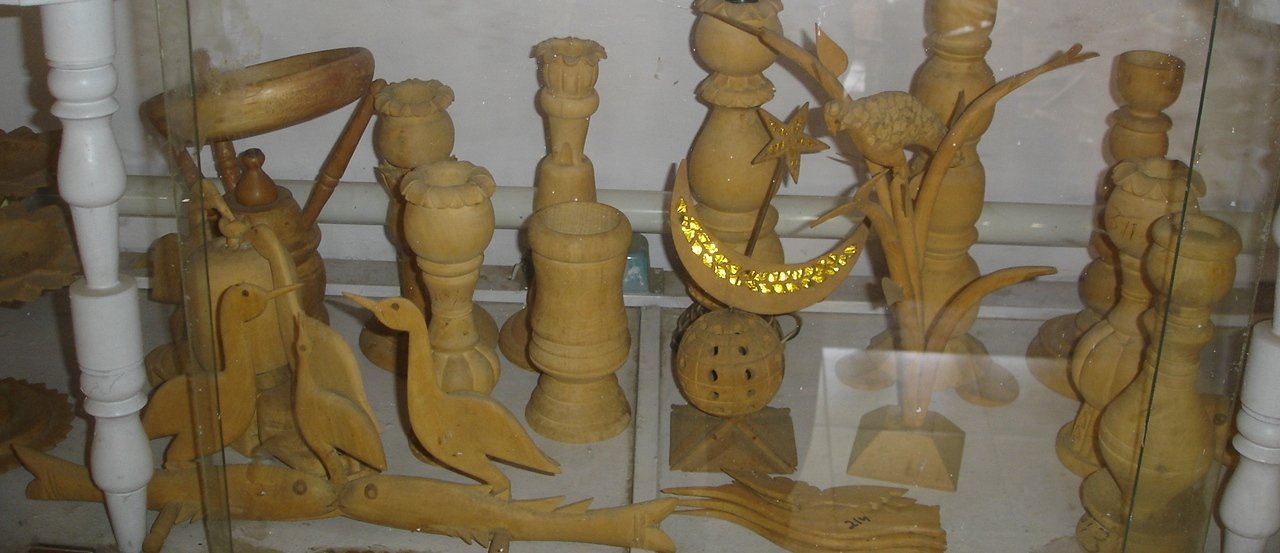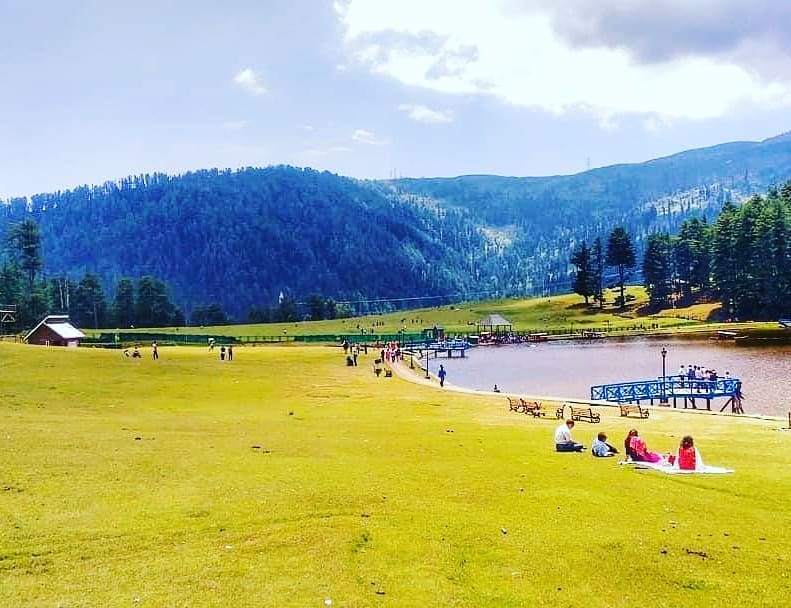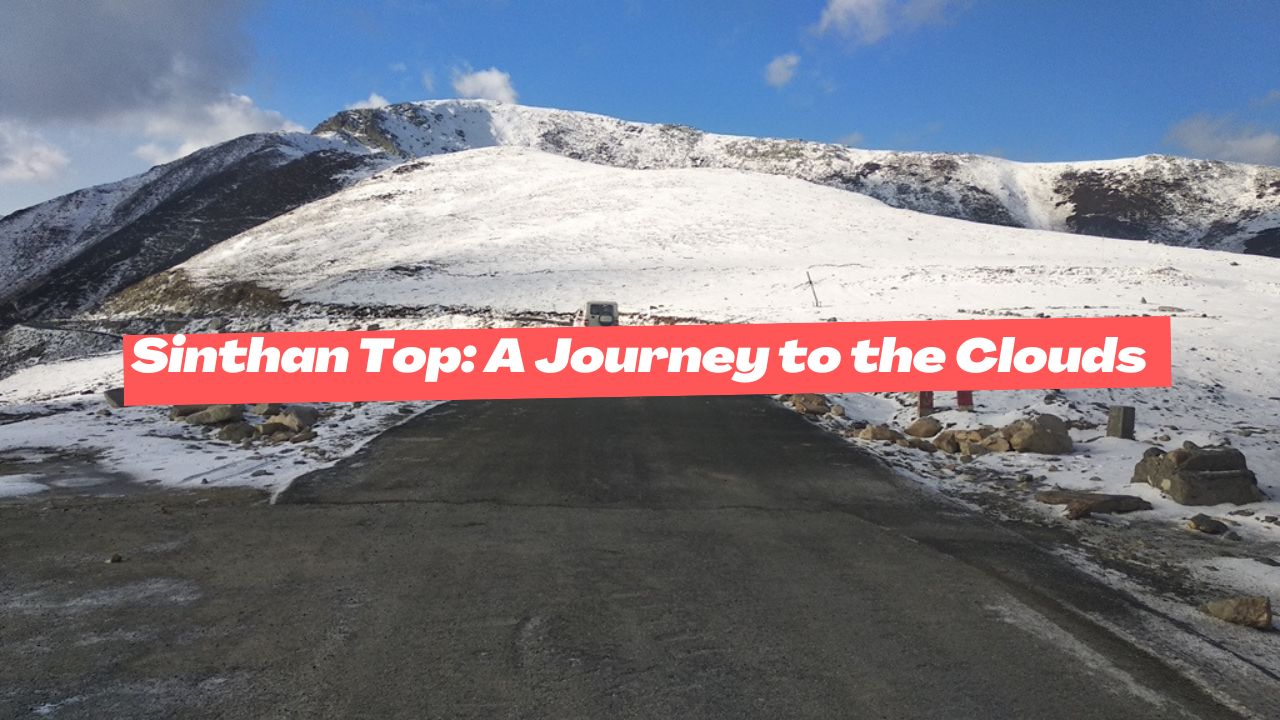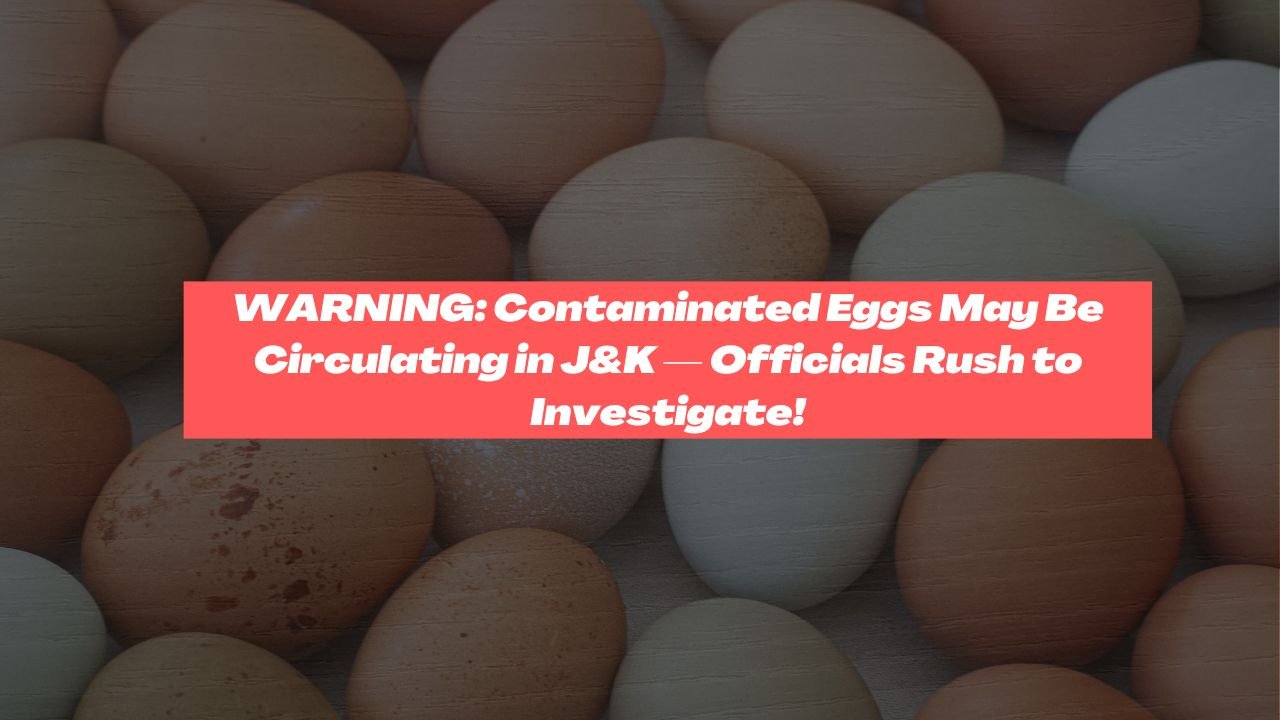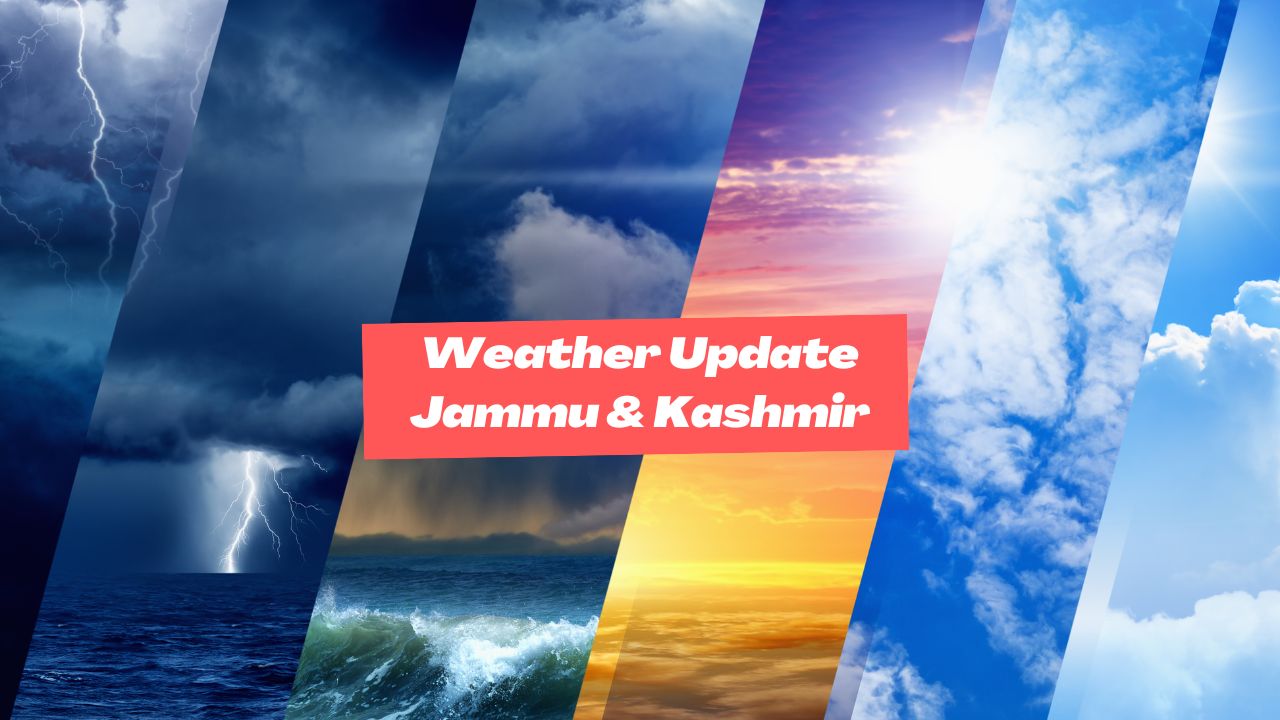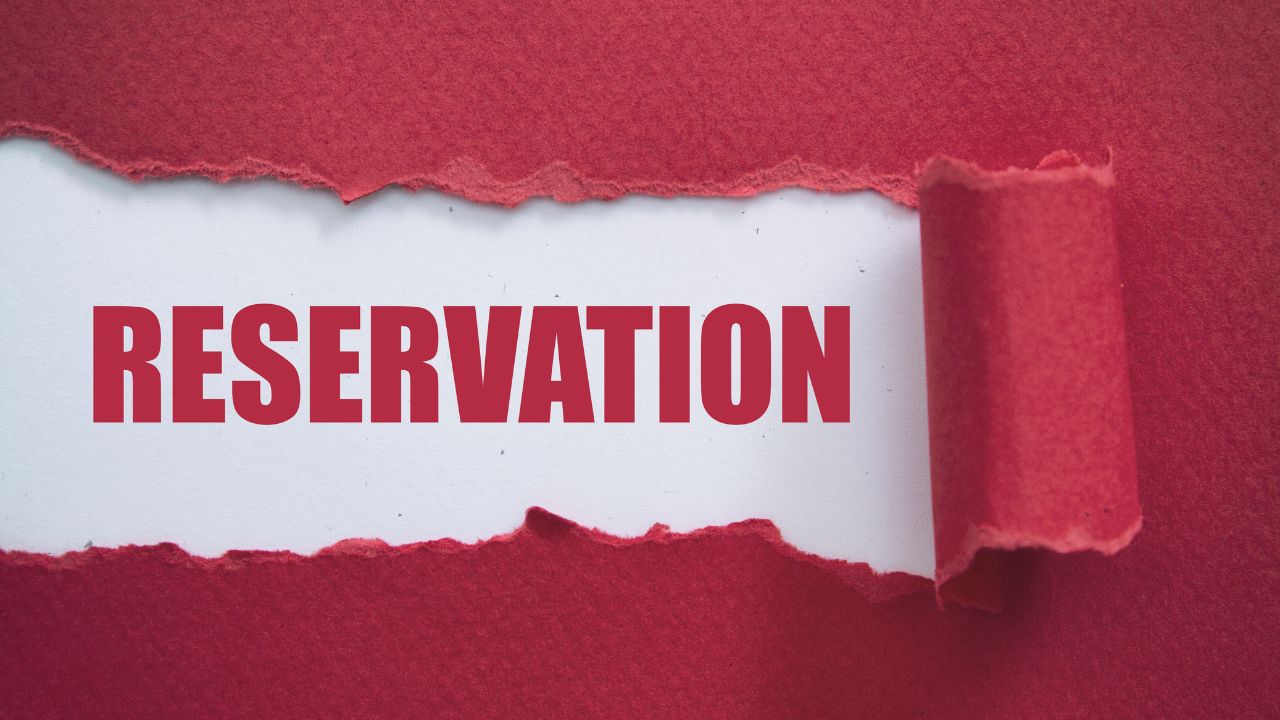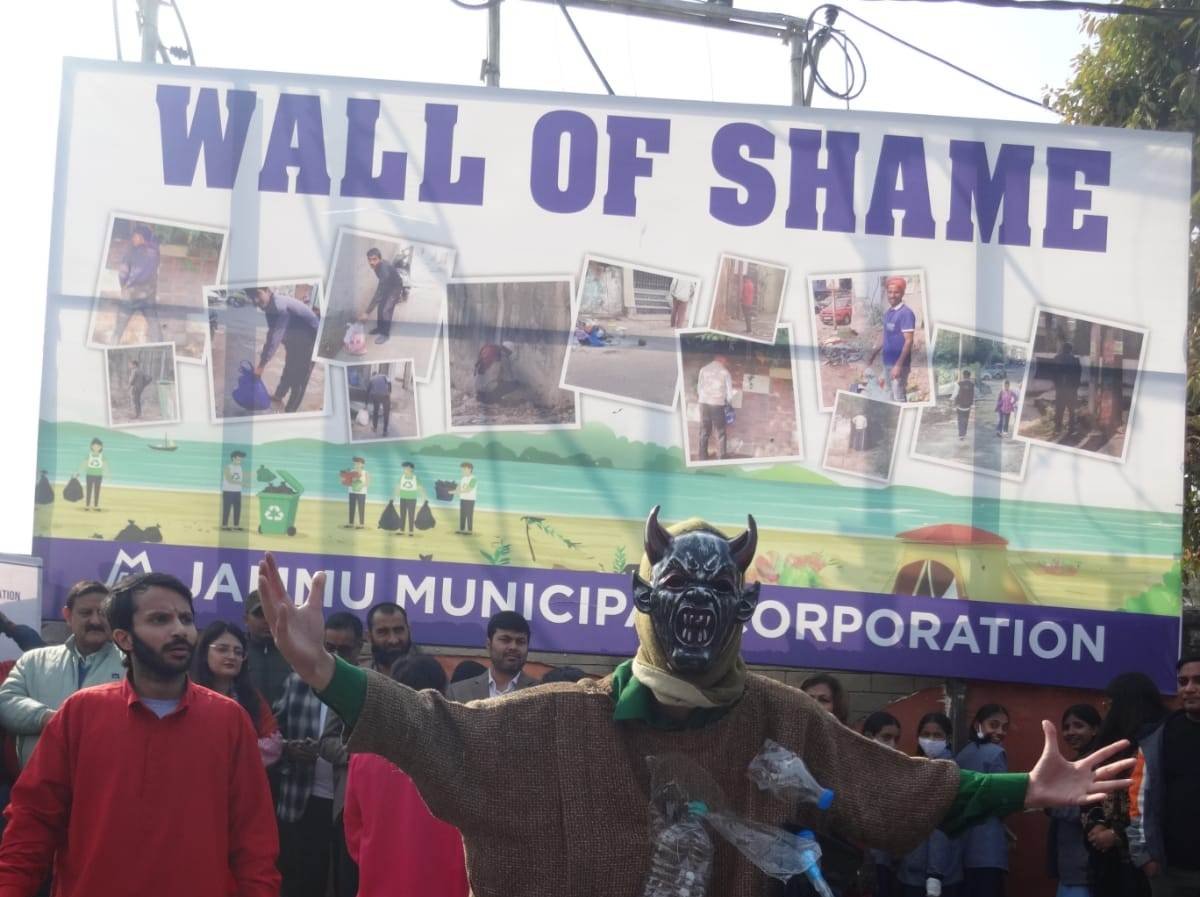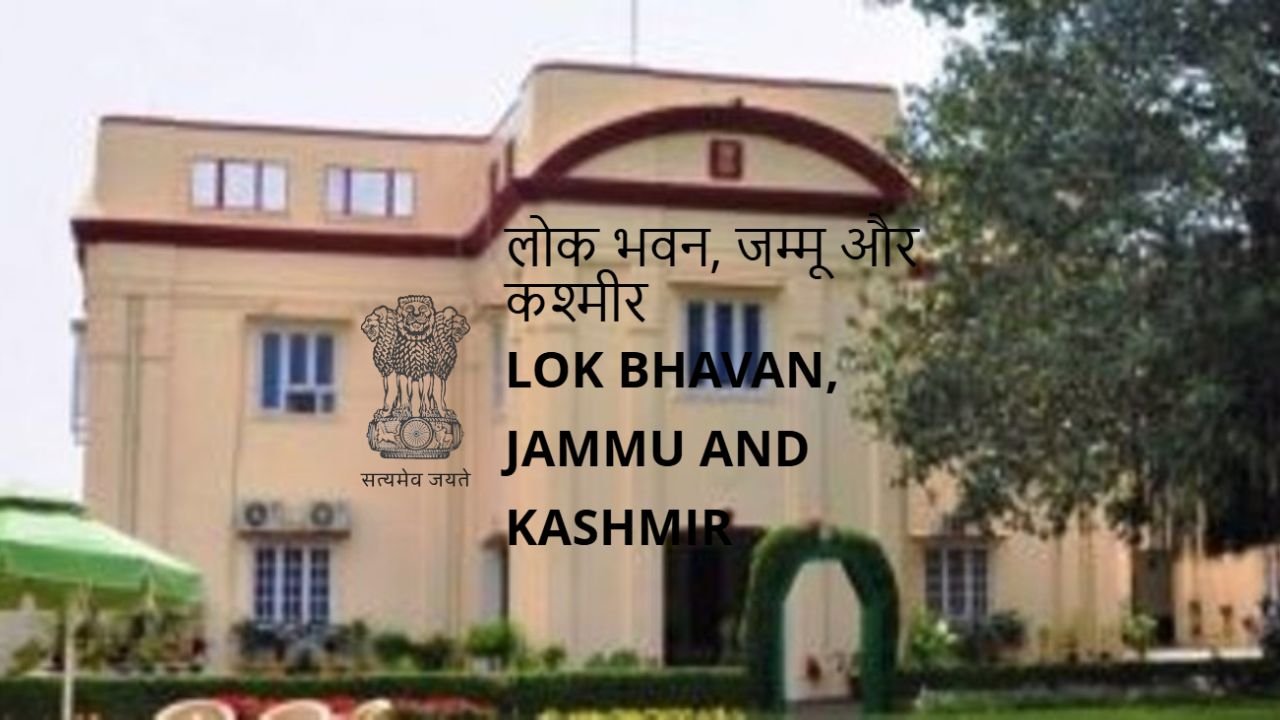Lohri, celebrated every year on January 13, is one of the most vibrant festivals in northern India. While it is widely observed in Punjab and Haryana, the celebration holds a special place in the hearts of people in the Jammu region. This festival marks the end of winter’s biting chill and welcomes longer days after the Winter Solstice. Associated with the harvest of Rabi crops, Lohri celebrates the farmers’ joy as they anticipate a bountiful yield of wheat, mustard, sugarcane, and radish.
Beyond its agricultural significance, Lohri is steeped in cultural traditions, from Dogri Geet to the spirited Chajja Dance. Let’s explore these cherished customs and their role in making Lohri a festival of joy, unity, and gratitude.
The Legend of Dulla Bhatti and Lohri Songs
Lohri celebrations are deeply connected to folklore, with the story of Dulla Bhatti being the most prominent. Dulla Bhatti, also known as Abdullah Bhatti, lived during Emperor Akbar’s reign and became a local hero for his Robin Hood-like deeds. He rescued poor girls from being sold as slaves, arranged their marriages, and provided dowries by redistributing wealth from the rich.
The famous Lohri song “Sunder Munderiye” narrates his tale, honoring his bravery and generosity. Women and children sing this iconic song along with other traditional Lohri songs like:
- “Hulle nee maiye hulle!”
- “Do beri patte jhulle, do jhull payeaan Khajuraan!”
These songs, rich in history and emotion, form an integral part of the festival.
Dogri Lohri Geet: Celebrating Jammu’s Cultural Heritage
In Jammu, Lohri celebrations are enhanced by the soulful melodies of Dogri Lohri Geet. Sung in the Dogri language, these songs embody the spirit of the region, celebrating its rich cultural heritage. One of the most beloved Dogri Geet includes these lines:
हिरणा-हिरणा शाली दे, सुते दे बिजाली दे
हिरणे मारी लते दी, चूड़ पजी खटे दी|
हरण आया समोती दा, खोलो जंदरा कोठी दा|
Watch Dogri Lohri Geet Video Here to experience the magic of these soulful songs and bring a piece of Jammu’s vibrant culture to your home.
These songs are performed around bonfires as families and friends clap, sing, and share laughter. The melodies create a sense of togetherness, bridging generations and keeping traditions alive.
Read also: 5 Winter Destinations in Jammu & Kashmir to Experience Snow and Scenic Beauty
The Vibrant Chajja Dance of Jammu
No Lohri celebration in Jammu is complete without the Chajja Dance. This unique tradition involves children preparing colorful, decorative structures called Chajjas before the festival.
- What is the Chajja Dance?
The Chajja Dance is a joyful performance where children, holding their vibrant Chajjas, go door to door singing traditional songs. They ask for Lohri gifts like dry fruits, peanuts, and Gajak from neighbors. - Cultural and Stage Performances
In addition to neighborhood celebrations, the Chajja Dance is also performed on stages during cultural events, showcasing Jammu’s unique way of celebrating Lohri.
The Spirit Lohri in Jammu: Traditional Dogra Customs, Songs, and Festivities
This vibrant festival is celebrated with immense enthusiasm across the Jammu Division, particularly in rural areas. Preparations for Lohri begin weeks in advance. Villagers start gathering dry logs, twigs, branches, and cow dung cakes days before the festival to build the traditional bonfire, which is lit on the eve of Lohri.
Exchanging delicious treats is another beautiful aspect of Lohri. Families share dry fruits, sesame seeds (til), jaggery (gur), Gajak, and peanuts with relatives and neighbors. These delicacies symbolize sweetness, warmth, and prosperity, enhancing the festive spirit.
On the day of the festival, the atmosphere is filled with excitement as young boys and girls revel in high spirits. Girls visit homes where new births have taken place, singing in chorus:
‘Aan kure tricholiye, aan giga moriye,
Aan giga jammya, taan gur panya,
Taan gure diyan rewrian, taan pan masorian.’
They joyfully demand money and gifts from the elders in these households, spreading happiness and adding to the festive mood.
Meanwhile, the boys engage in the preparation of the Chhajja, a decorative structure crafted from bamboo and adorned with vibrant colored paper. Carrying these Chhajjas, they perform the Chhajja Dance, visiting houses in villages and towns while energetically singing:
‘Bhambora bhai bhambora, chhaja mora bhai chhaja mora!’
The boys’ lively performances draw applause and admiration from onlookers. It is considered auspicious to give them gifts or money, ensuring they leave the household feeling appreciated.
Read also: All About Nabha Mata Shaktipeeth in Jammu
Children express gratitude to generous givers by singing:
‘Dabba bharya leeran da,
Ae ghar amiraan da.’
(“The box is full of cloth strips; this house belongs to rich people.”)
For those who do not give, the children humorously sing:
‘Hukka bhai hukka,
Ae ghar bhukha.’
(“Hukka! Ae Hukka, this house belongs to misers.”)
Throughout the day, people visit the homes of relatives and friends to exchange gifts, greetings, and traditional sweets. These visits strengthen familial bonds and add to the joyous spirit of Lohri.
This beautiful celebration, rooted in gratitude and community, continues to bring people together, blending cultural traditions with festive cheer.

Warm Lohri Wishes in Dogri, Hindi, and English
Share your joy and love with these heartfelt Lohri messages:
Dogri Wishes
- मिगी मेद ऐ जे एह् लोहड़ी तुंʼदे लेई खुशी, सेह् त ते समृद्धि लेइयै औग। हैप्पी लोहड़ी!
- लोहड़ी गी बधाई!
- तुसें गी ते तुंʼदे परोआर गी लोहड़ी दी मुबारकबाद!
Hindi Wishes
4. आपको और आपके परिवार को लोहड़ी की हार्दिक शुभकामनाएँ!
English Wishes
5. May the bonfire light up your life and take away all your sorrows. Happy Lohri!
6. Wish you a Lohri filled with the sweetness of jaggery and the warmth of love. Happy Lohri!
7. On this Lohri, may your life be filled with happiness, prosperity, and growth. Happy Lohri!
Read also: Lakhanpur Toll Plaza: Everything You Need to Know
Why Celebrate Lohri? A Festival of Unity and Gratitude
Lohri is more than just a festival; it’s a celebration of life, family, and gratitude. As you light the bonfire this year, sing traditional Dogri Geet, perform the Chajja Dance, and share warm wishes with loved ones, remember the deeper meaning of the festival – a tribute to nature’s bounty and the joy of togetherness.
Let the flames of the bonfire brighten your life and fill your home with warmth and happiness.
Happy Lohri!

